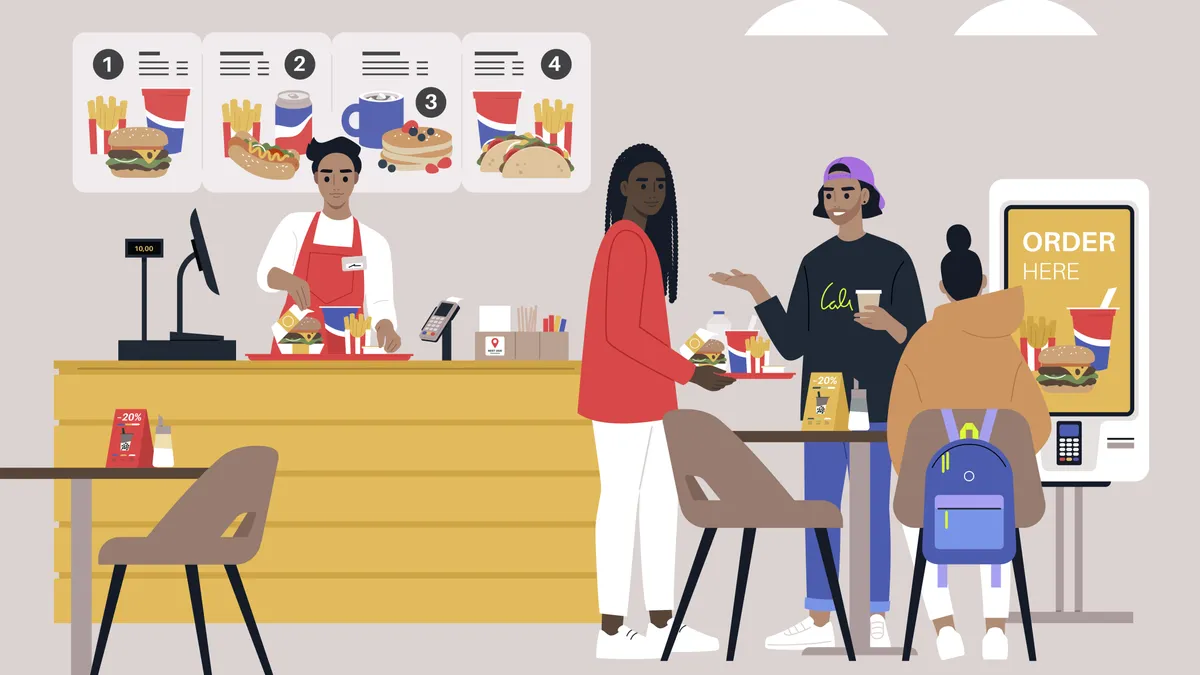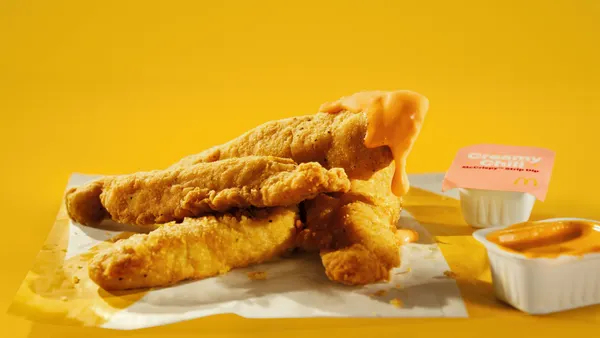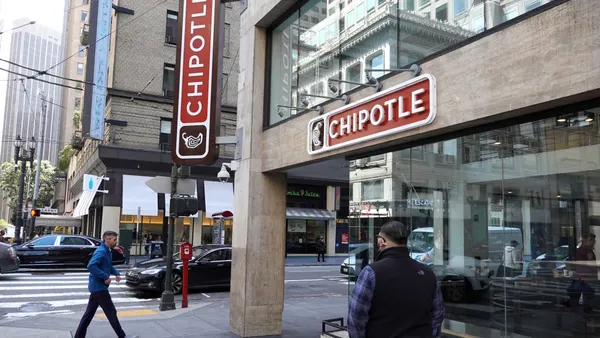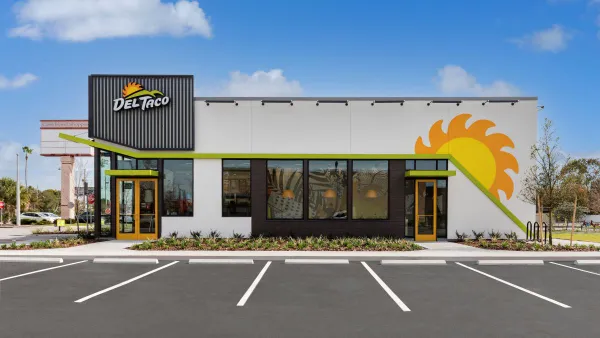Convenience stores have been competing with fast food restaurants for some time now. Chains like Wawa, Kum & Go, Royal Farms and others structure their businesses around fresh food offerings, and studies have shown that c-stores can not only keep up with their restaurant counterparts, but even outpace them.
As the convenience-store model sees demand for categories like fuel and tobacco decline while drive-thru and fuel-less concepts grow, foodservice is becoming the main draw for an increasing number of operators.
“Think about Sheetz years ago — they used to say they were a fast food restaurant that just happened to have fuel, and they were,” Donna Hood Crecca, principal for market research firm Technomic, said in an interview. “We’re definitely seeing a lot of other c-store operators taking that approach, and we’re seeing consumers buy in.”
But while individual brands like Sheetz have gained recognition on the foodservice front, as an industry, c-stores still have a lot of work to do.
About 50% of consumers agree that c-stores are “just as capable” of offering as fresh of food and beverages as restaurants are, Hood Crecca said, citing data from Technomic’s new C-Store Market Annual Report. Although this is encouraging, that percentage hasn’t shifted over the past couple of years, she said.
Whether this plateau is because consumers’ expectations are increasing or another unknown reason, it’s “kind of a head scratcher” — and a sign that c-stores need to keep improving their offering, Hood Crecca said.
Capitalize on ‘perceived value’
With inflation recently having reached levels unseen in four decades, foodservice operators are running on thin margins. Average menu prices in limited-service restaurants — which includes fast food locations and QSRs — in the U.S. have increased 7% since March, Hood Crecca said, citing data from Technomic.
Although inflation is expected to come back to Earth in 2023, the economic slowdown will still likely have an impact on consumers’ food choices, as they’re also dealing with tight margins, according to Hood Crecca.
This is where c-stores can come into play, since fast food and c-store consumers are “very similar,” she said.
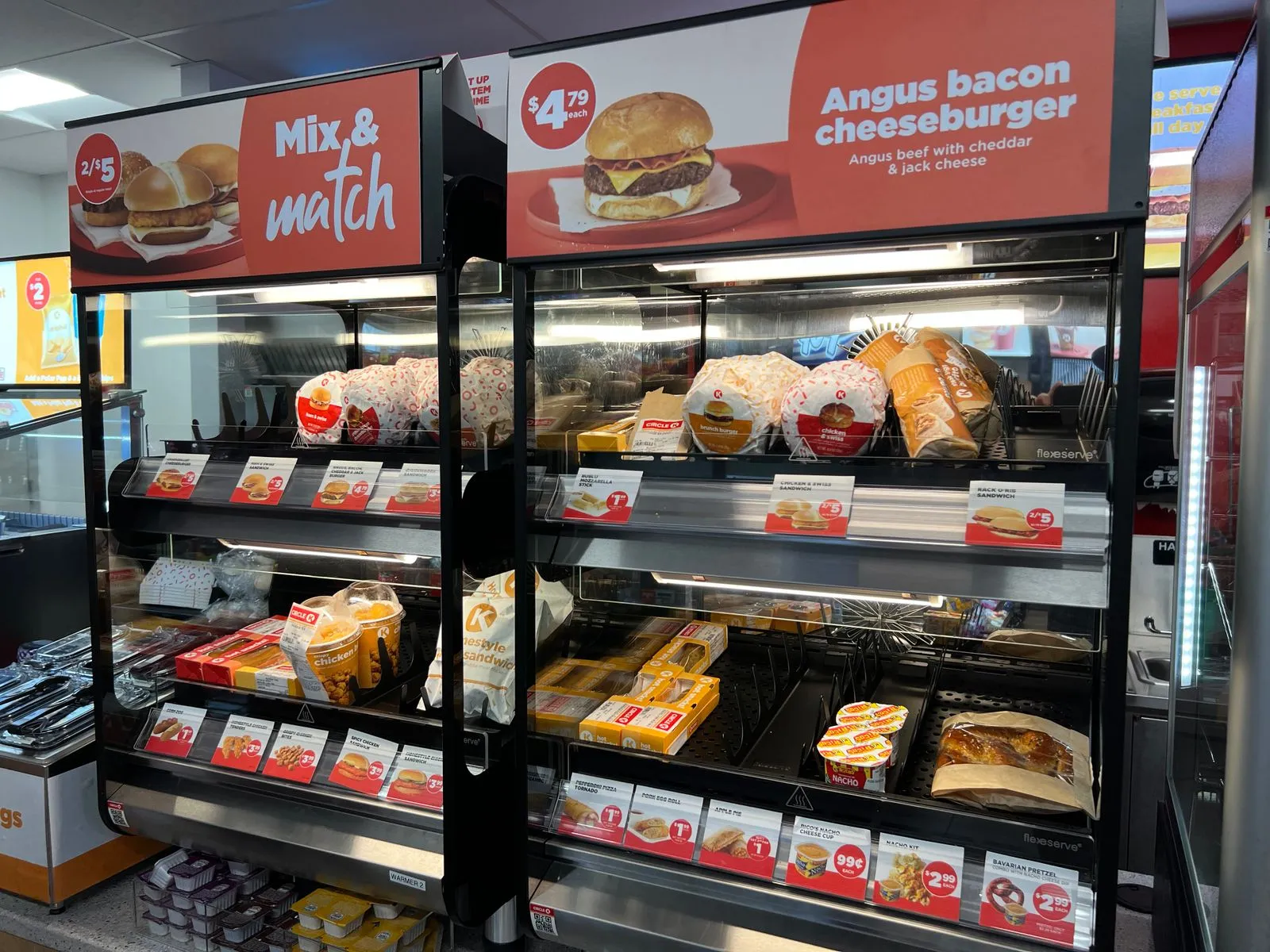
One way to increasingly attract these consumers is by offering more discounts, as 31% of c-store consumers said they’re looking for food deals because of inflation, Hood Crecca said, citing data from Technomic’s c-store report.
“We’ve seen that there’s an increase in deal-seeking at c-stores,” she said. “Consumers are on the hunt for that.”
Not only are these consumers seeking more deals, but they’re more aware of the price increases at fast food restaurants than at c-stores, Hood Crecca said. She noted that although limited-service restaurants are doing combo meals, many chains’ margins are stretched too thin to offer substantial discounts, and consumers’ “perceived value” of c-stores is currently higher than that of restaurants.
“There’s an opportunity to steal from fast food because those consumers see value in c-store,” she said.
Become more of a hangout
Foodservice operators are experiencing an “on-premise renaissance” as years of social distancing and travel restrictions have resulted in demand for an experience, instead of just a place to grab food, according to Technomic’s 2023 foodservice predictions. Additionally, workers’ returning to offices, increased travel and lengthier time windows for pickup at busy foodservice establishments are making on-site foodservice options more attractive.
So where can c-stores come into play with the increased demand for on-site dining? About a fifth of consumers said indoor seating would increase how often they dine-in at a c-store, Hood Crecca said, citing data from Technomic’s c-store report. Beyond that, lounge-type seating — such as comfortable chairs — would be even more appealing, especially to younger consumers, she said.
By becoming more of a “hangout,” a place where consumers can not only order food but spend time and even relax, c-stores can gain more foodservice traction, she said.
“Consumers are into the type of seating and offering in a c-store that invites you to stay a while,” she said. “For that younger consumer to come in for half an hour, watch TikTok, there’s an opportunity to build that.”



